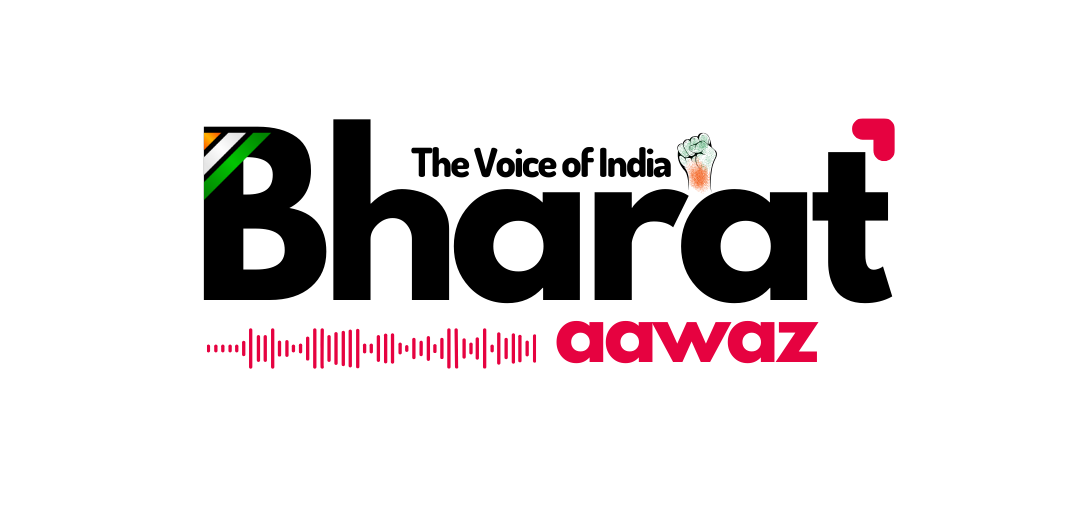Human trafficking is one of the most heinous crimes, involving the illegal trade of people for exploitation purposes such as forced labor, sexual exploitation, and child trafficking. Delhi, as the national capital, has been a major hub for both the victims and perpetrators of human trafficking due to its proximity to international borders, economic significance, and large migrant population. The Delhi Police, in collaboration with national agencies and international organizations, have been at the forefront of tackling this grave issue. This article examines the efforts and strategies employed by the Delhi Police in combating human trafficking.
The Scope of Human Trafficking in Delhi: Delhi’s status as a major metropolitan city attracts a vast number of people from various parts of India, especially rural areas, seeking better employment and living conditions. Unfortunately, many of these individuals, especially women and children, fall prey to human traffickers who exploit their vulnerability. The trafficked victims are often subjected to forced labor, sexual exploitation, domestic servitude, and illegal adoption.
According to estimates, Delhi remains one of the top cities where trafficking cases are reported due to its population density, socio-economic factors, and the presence of large-scale industries that rely on low-cost labor. With the increase in trafficking networks, the Delhi Police have taken significant steps to combat this crime and rescue the victims trapped in such exploitative situations.
Key Measures by Delhi Police to Combat Human Trafficking:
- Specialized Anti-Human Trafficking Unit: In recognition of the growing need to tackle human trafficking, the Delhi Police have established a dedicated Anti-Human Trafficking Unit (AHTU). This specialized unit focuses on both the prevention and investigation of trafficking cases. The AHTU works to identify trafficking routes, apprehend traffickers, and disrupt trafficking syndicates operating within and beyond Delhi.
The AHTU also collaborates with other law enforcement agencies, including the National Crime Records Bureau (NCRB), the National Investigation Agency (NIA), and international agencies, to track and trace traffickers across state and national borders.
- Rescue Operations and Victim Rehabilitation: Delhi Police, through their AHTU, regularly conduct rescue operations in areas suspected to be hubs for trafficking activities. These operations typically target locations like brothels, homes of forced laborers, and fake orphanages where trafficked women and children are held. The police act swiftly to rescue victims, providing immediate medical and psychological care to those rescued.
Victim rehabilitation is a key part of these efforts. The police work in coordination with NGOs, social welfare organizations, and other support agencies to offer the victims safe shelter, legal aid, vocational training, and reintegration into society.
- Collaborations with NGOs and International Organizations: The Delhi Police have built strong partnerships with non-governmental organizations (NGOs) that specialize in trafficking prevention, victim support, and awareness campaigns. These organizations help the police in identifying trafficking cases, offering shelter to victims, and providing emotional and legal support.
Additionally, Delhi Police works with international organizations such as the United Nations Office on Drugs and Crime (UNODC) and Interpol to combat cross-border trafficking and engage in global efforts to trace and dismantle trafficking networks.
- Awareness Campaigns and Public Engagement: Preventing human trafficking starts with awareness. The Delhi Police regularly run awareness programs in schools, colleges, and communities to educate the public about the signs of human trafficking, the dangers of exploitation, and how to report suspicious activities. These initiatives are aimed at both potential victims and the general public, helping them recognize the warning signs of human trafficking and providing them with the tools to seek help.
The Delhi Police also collaborate with media outlets and social media platforms to spread awareness. Campaigns using posters, videos, and infographics highlight the various forms of trafficking and encourage people to report any suspicious activities.
- Use of Technology in Tracking and Investigation: The role of technology in combating human trafficking has been pivotal. The Delhi Police have implemented advanced tracking systems and databases that help in identifying and locating trafficked victims and criminal networks. Tools like facial recognition software, GPS tracking, and mobile surveillance are used to track the movements of trafficking victims and apprehend the perpetrators.
In addition, Delhi Police leverage online platforms and social media to track and intercept trafficking networks that use these platforms for exploitation or advertisement. Digital forensics plays a crucial role in tracing online communication channels that traffickers may use to recruit victims.
- Focus on Vulnerable Groups and Prevention: One of the most significant focuses of Delhi Police’s anti-trafficking efforts is the prevention of victimization among vulnerable groups. These groups include women and children from marginalized communities, migrant workers, and those facing economic hardship. Through community outreach programs, the police engage with at-risk communities to prevent trafficking by providing them with resources, guidance, and support.
Additionally, awareness about the dangers of fraudulent job placements, fake marriages, and child adoption schemes is spread to help reduce vulnerability to trafficking. This proactive approach aims to stop trafficking before it even begins.









